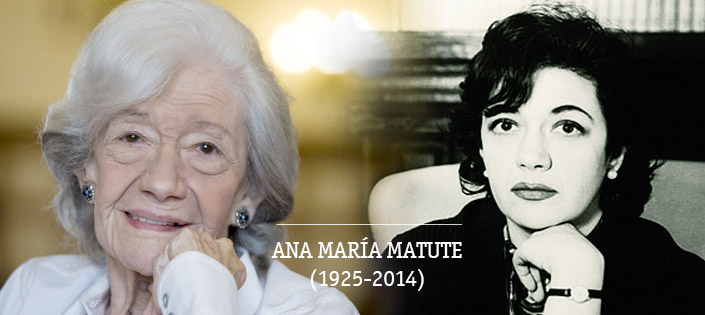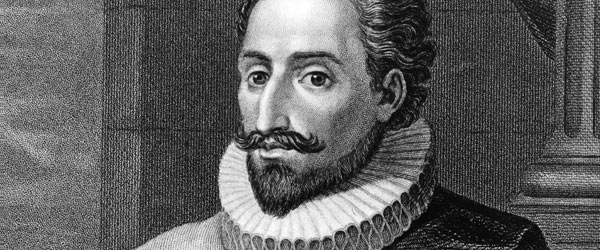Ana Matute (1925-2014). Spanish writter

The world has just lost a woman who knew how to capture in words that sense of shock, that childlike disbelief experienced when you suddenly find yourself in the middle of a war occurring right in your front yard (like she did). Ana María Matute has died, a fundamental figure in the literature of post-civil war Spain. Just months ago she finished her latest novel.
Ana María Matute
Matute was born in 1925 Barcelona to a middle class family. Her Catalan father owned an umbrella factory and her mother, a housekeeper from La Rioja, raised their five children.
At four years of age Ana María became seriously ill. She went to live with her grandparents in the village of Mansilla de la Sierra (La Rioja), where the people and landscape would greatly influence her writing; these early impressions would make up the heart of her 1961 collection of stories Historias de Artámila.
Civil war broke out just before she turned 11. The horrors of war left an indelible impact on her life. She defined her generation as that of “the astonished children” who had to face a brutal world they didn’t understand: the war and post-war.
Ana María wrote her first novel, Pequeño teatro, at 17. The novel that caught the attention of the literary world was Los Abel (1948), inspired in the generations that followed the Biblical figures Adam and Eve. One year later her Luciérnagas (fireflies) was selected as a runner up for the prestigious literary award the Premio Nadal. The novel did not pass strict censorship in place at the time however and it didn’t even end up getting published until 1993.
This is one of those “Matute matters” (cosas de la Matute) as she would say, referring to herself in third person: either by personal design or by the whims of fate, some of her works remained dormant for extensive periods before reaching the public.
We see one example of this literary hibernation with one of her most famous novels Olvidando rey Gudú, which sat in a desk drawer for nearly 25 years before its publication in 1996.
Ana María Matute received numerous awards: the Premio Planeta in 1954 for Pequeño teatro, the Premio Miguel de Cervantes in 2010, the Premio Nacional de Narrativa in 1959 and the Premio Nadal that same year for Primera memoria, the Premio Lazarillo de literature infantil in 1965 for El polizón de Ulises, the Premio Ojo Crítico Especial in 1997 awarded by Radio Nacional España for Olvidado rey Gudú, and the Premio Nacional de las Letras Españolas in 2007… and many more.
Matute was an honorary member of the Hispanic Society of America and she became the third woman in history to be accepted to the Royal Spanish Academy.
We’ve lost a female Spanish writer with a timid voice who expressed herself with unique elegance through novels, short stories, and tales for children; a world where she still felt, at the age of 88, like an “astonished child”.

